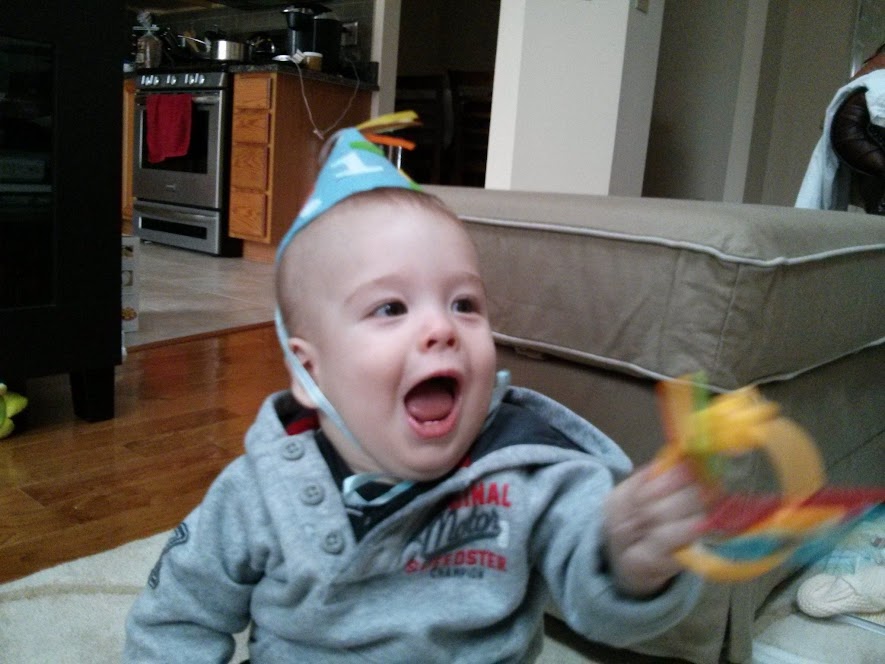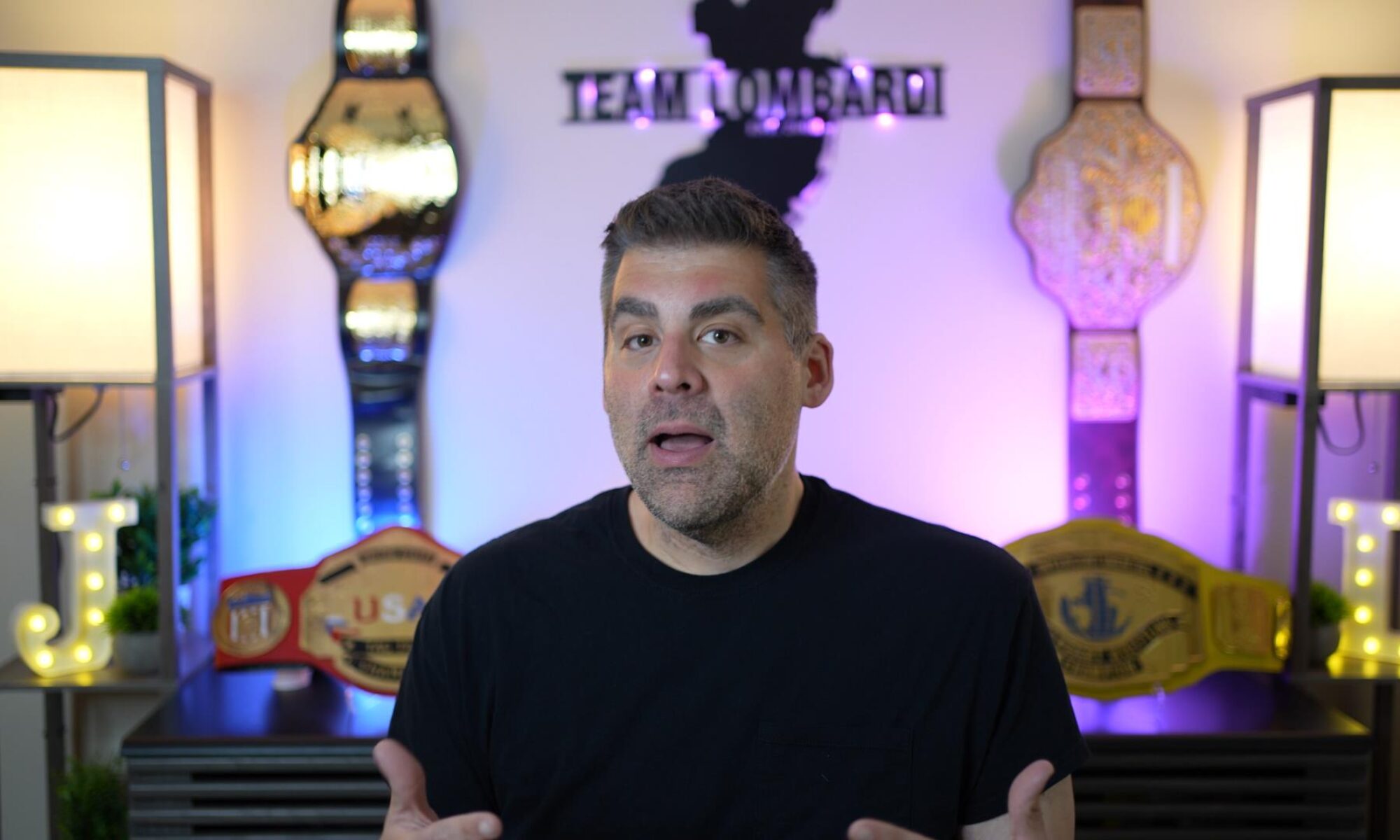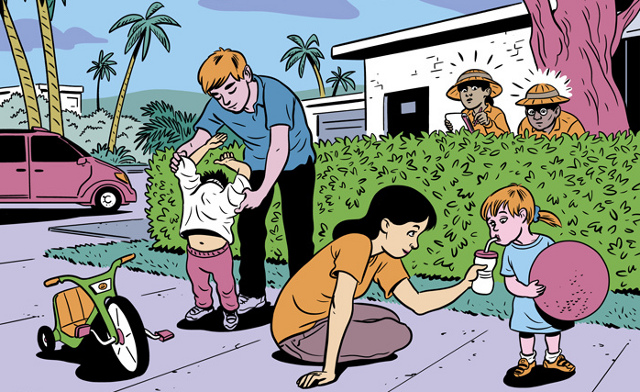
This one is a little late, but Babycenter published an article I came up with on Baby’s first birthday. Lots of good comments and feedback.
Check it out: Time to Party?


All Things Joey

This one is a little late, but Babycenter published an article I came up with on Baby’s first birthday. Lots of good comments and feedback.
Check it out: Time to Party?

Babycenter posted an article I had a little too much fun with. It seems Aston Martin is releasing a $3000 stroller lined with suede. I go off… this is my most “out there” post so far.
Babycenter: Aston Martin reveals insanely expensive stroller

Babycenter posted another quick news story I wrote today. Check it out:

Another quick news article. This is about Apple paying a settlement to 23 million parents who had kids purchasing crap from the app store.
Babycenter: Apple to pay settlement for your baby’s app store addiction

Babycenter posted a quick news article I wrote up a few days ago. Check it out:

Babycenter.com just published my most recent article. This time I tackle the whole “your kid doesn’t look anything like you” comments you get from virtual strangers.
Give it a read:
Babycenter: You baby is so cute, but looks nothing like you